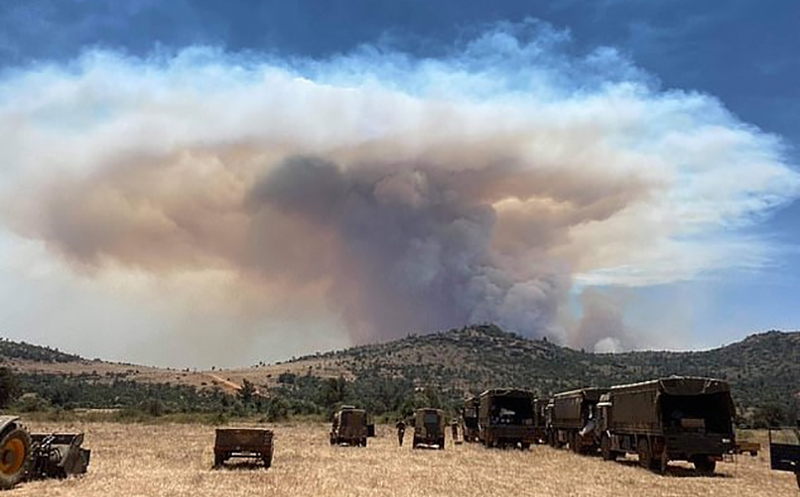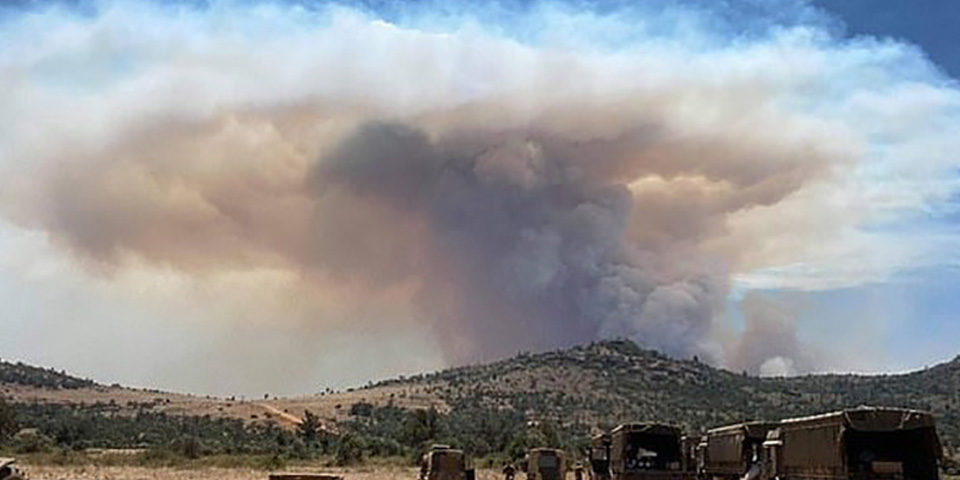
Briefing: Militaries, armed conflicts, nature and the climate crisis:
Entry points for the IUCN
Download as PDF · Published: October, 2025 · Categories: Publications, Military emissions

About this policy briefing
The first policy briefing from The War on Climate examines the intersection between militaries, armed conflicts, nature and the climate crisis. Amongst other things, this encompasses how the management of the estimated 1-6% of the world’s land surface allocated to military training areas can influence emissions and nature, as well as how the conduct of hostilities, and post-war recovery policies, affect carbon sinks such as tropical forests. This policy briefing outlines entry points for the International Union for the Conservation of Nature (IUCN) ahead of its World Conservation Congress.
Recommendations
This briefing argues that it is timely for the IUCN to consider how it can best advance dialogue, policy and evidence on the climate impacts of the military sector and armed conflicts, and their interplay with nature. There are a number of ways in which the IUCN can respond and focus activities in this area of concern. Programmes of work for individual Commissions or working groups and task forces could include the following:
• Assessing the climate adaptation and mitigation potential of military lands and their implications for biodiversity conservation.
• Examining the climate and biodiversity implications of military decarbonisation.
• Understanding the emissions associated with ecosystem damage from armed conflicts.
• Identifying critical ecosystem carbon stocks most at risk from armed conflict and insecurity.
• Contributing to the IUCN’s work on Nature-based Solutions, in particular helping to identify those that may help reduce emissions and restore ecosystems during post-conflict recovery.
• Highlighting the significance of addressing military and conflict-related GHG emissions for achieving the long term temperature goal of the Paris Agreement in its statements before relevant international bodies, especially the UNFCCC.
• Exploring the legal avenues that may afford greater protection to the atmosphere in relation to armed conflicts.
• Engaging with domestic and international initiatives that may contribute towards greater accountability for military and conflict emissions.





